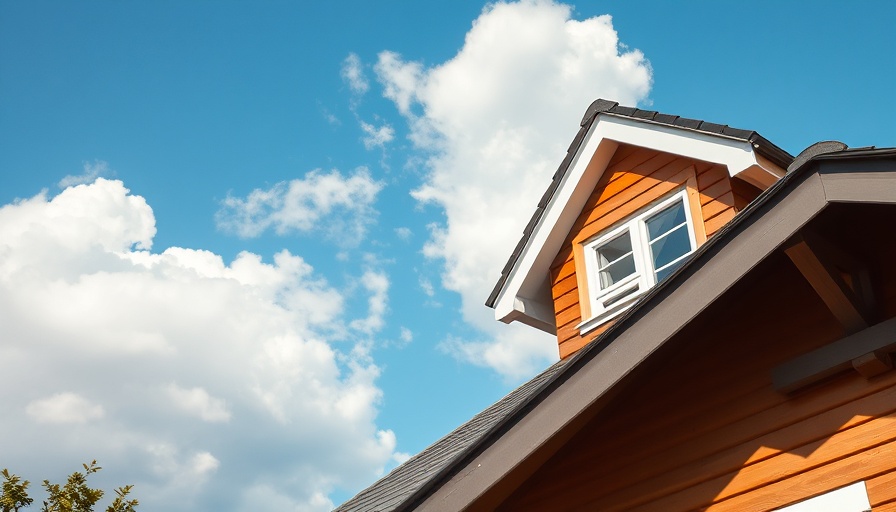
Why Is Your Window AC Not Cooling Effectively?
As the summer heat rolls in, there's nothing quite like the relief provided by a functional window air conditioner (AC). Yet, when your AC unit stops blowing cold air, it can turn your comfortable sanctuary into a stifling space. But don’t fret; understanding common issues and straightforward fixes can help restore your AC's cooling power.
Identifying the Problem
Before diving into the nitty-gritty of fixes, ensure your unit is powered correctly. If it’s blowing warm air or no air at all, you might need to check the outlet or circuit. A misinstalled unit can also be a culprit—if you can see daylight around your AC, outside air may be infiltrating, undermining the cooling effort. Once you've ruled out these initial concerns, focus on key areas: airflow, temperature control, control panel, and the cooling system.
Airflow Issues: The Usual Suspect
Hands down, the most common problem—and often the easiest to fix—is airflow. Your window AC relies on a fan and blower that circulates air: it pulls warm air from inside your room through a filter, cools it, and then pushes it back out. To troubleshoot airflow effectively, start with the air filter. A clogged or dirty filter can severely restrict airflow, preventing cool air from reaching you. Cleaning or replacing this filter can sometimes solve your cooling problems.
Is the Fan Blocked? Check That Too!
Next, examine the back of the unit. Sometimes debris—like dust, leaves, or even a small toy—can obstruct the fan. If the fan blades aren’t turning freely, the cooling power diminishes rapidly. Ensuring the back of your unit is clean and that nothing is blocking the fan can significantly improve your AC’s performance.
Here’s Why the Temperature Control Might Fail
If airflow seems fine but the AC is still not cooling, check the temperature control settings. Sometimes, settings can be inadvertently adjusted, or the thermostat might be malfunctioning. Consider calibrating your thermostat or consulting the control panel manual if you're unsure. This simple check can save you significant hassle and further issues down the line.
Ensuring the Cooling System Works
When the airflow and temperature controls pass inspection, focus on the cooling system itself. The job of the AC is to transfer heat from inside your home to the outside; if it’s not cooling at all, the refrigerant may be low or there could be a problem with the compressor. These issues typically require professional service to diagnose and fix, as they can sometimes indicate more complex mechanical failures.
Maintenance for Longevity
Lastly, regular AC maintenance can prevent most problems before they start. Cleaning the unit, checking filters, and scheduling routine check-ups can significantly enhance its efficiency, ensuring that it continues to keep you cool when you need it the most.
Staying on top of AC maintenance doesn’t just fix issues; it can extend the lifespan of your unit, ensure better energy efficiency, and save on costly replacements down the road. So, when your window AC isn’t blowing cold air, don’t hesitate—check these simple fixes before contacting a professional!
 Add Row
Add Row  Add
Add 




Write A Comment